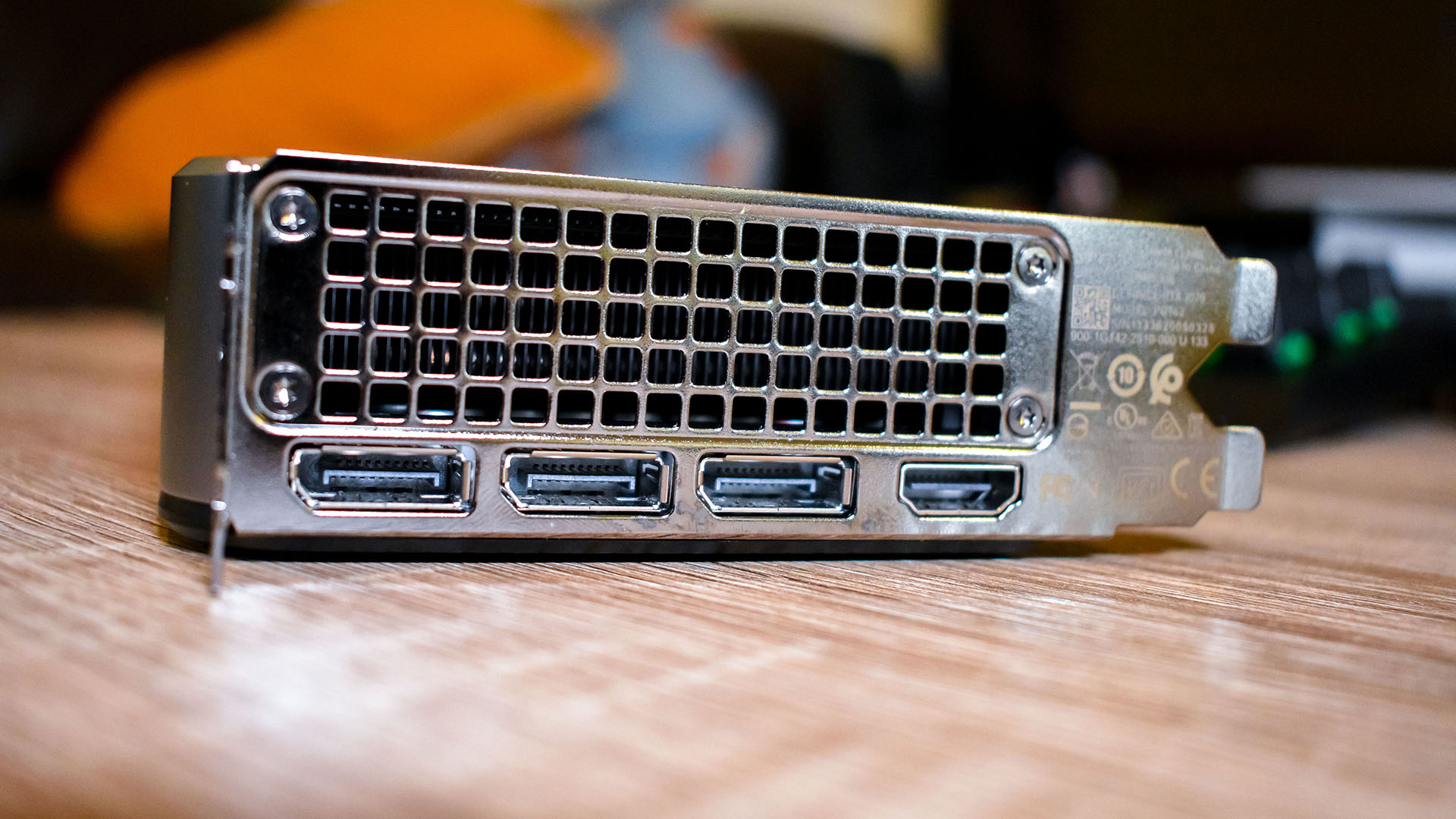Nvidia could have a plan to beat AMD Big Navi GPUs at their own game
Smarter access memory for Ampere? Nvidia is supposedly cooking up something to beat SAM

One of AMD’s big innovations with Big Navi graphics cards is Smart Access Memory (SAM), which seemingly helps a fair bit with performance – given a compatible cutting-edge hardware configuration – but Nvidia reckons it’ll have similar tech to rival this with RTX 3000 GPUs, supposedly with less caveats on the support front.
As you may recall, SAM allows the CPU and GPU to work better together for a performance uplift – of something like 5% up to 11% according to AMD’s own internal game benchmarking – by removing certain memory constraints as the name suggests (it gets rid of the 256MB ‘aperture’ which is the limitation on CPU to GPU data access).
AMD hasn’t fully clarified how this works, but Nvidia has told Gamers Nexus that it’s effectively about tweaking PCIe’s resizable BAR (base address register), and that this can be done with Ampere graphics cards, so these will effectively get similar frame rate benefits.
From NVIDIA, re:SAM: “The capability for resizable BAR is part of the PCI Express spec. NVIDIA hardware supports this functionality and will enable it on Ampere GPUs through future software updates. We have it working internally and are seeing similar performance results."November 12, 2020
Obviously we have to take the word of Gamers Nexus and its source(s) for this, so exercise a little caution. However, what’s particularly interesting here is not just Nvidia’s apparent development plans for a rival tech, but the further clarification that this will work on PCIe 3.0 systems.
- Check out our in-depth Nvidia RTX 3080 review
- And these are all the best PC games
- We'll show you how to build a PC
Remember that AMD’s Smart Access Memory requires a 500-series motherboard (there is still some confusion about whether PCIe 4.0 is a necessity, or A520 boards will be fine here, as AMD seems to indicate, but doesn’t directly say) and a new Ryzen 5000 processor, along with an equally shiny and new Radeon RX 6000 graphics card to work.
Whereas Nvidia reckons its solution for RTX 3000 GPUs – no timeframe for arrival of the feature is hinted at, incidentally, save that it won’t be imminent – will work fine with motherboards using PCIe 3.0, and with both AMD and Intel processors, a much wider range of hardware.
Advantage Nvidia?
In other words, while we obviously don’t know anything about how relative performance will stack up – although as Tom’s Hardware, which spotted this, reports, Nvidia expects it to be in the same ballpark as AMD – seemingly Nvidia will hold the better cards when it comes to support.
Sign up for breaking news, reviews, opinion, top tech deals, and more.
So whatever Nvidia is apparently cooking up could be a better solution overall, by the sounds of it.
Unless, of course, this prompts AMD to re-evaluate its support for SAM beyond its newest processor and graphics card hardware (it’s feasible that it could be theoretically possible to enable on older AMD hardware, with some work – if what Nvidia’s saying is true – we shall just have to see).
Then we’re in an interesting position in the GPU wars where both big players are innovating, and pushing each other to do the same. Another example is Nvidia pushing forward with DLSS, as work is supposedly already underway at AMD on a similar tech. In the end, this is a win-win situation for the consumer, of course.
Ampere graphics cards already represent a very enticing proposition, so with a further boost from some kind of AMD-rivalling memory tinkering feature, they could be even more attractive – if you can actually find one to buy, that is…
Darren is a freelancer writing news and features for TechRadar (and occasionally T3) across a broad range of computing topics including CPUs, GPUs, various other hardware, VPNs, antivirus and more. He has written about tech for the best part of three decades, and writes books in his spare time (his debut novel - 'I Know What You Did Last Supper' - was published by Hachette UK in 2013).